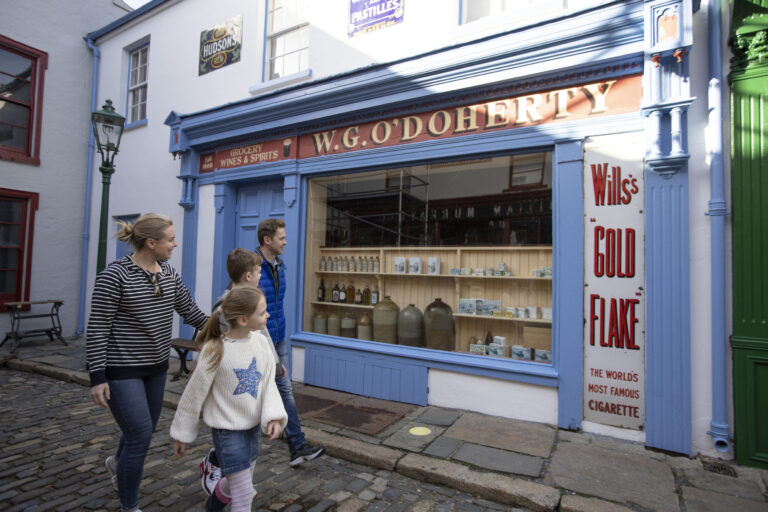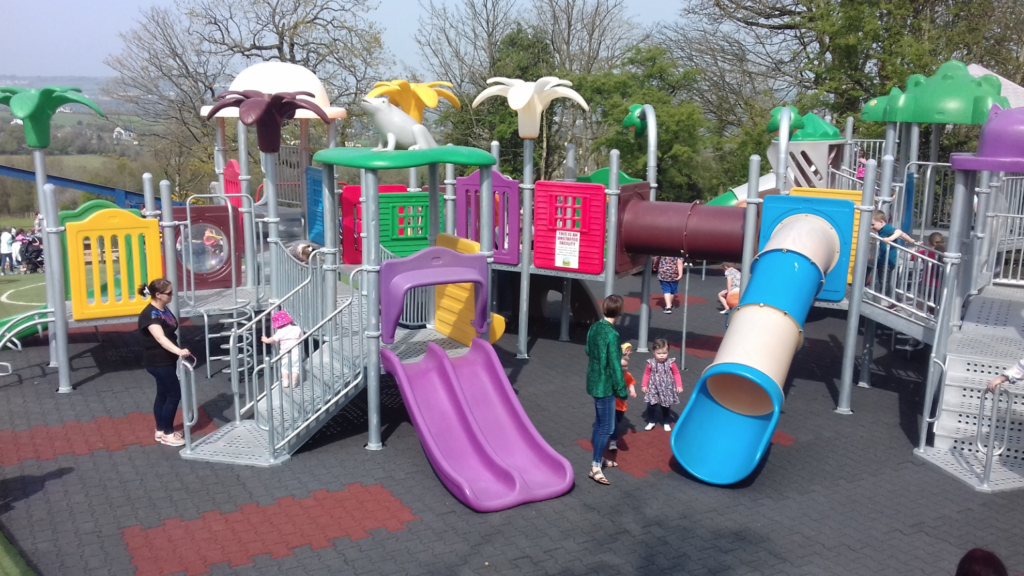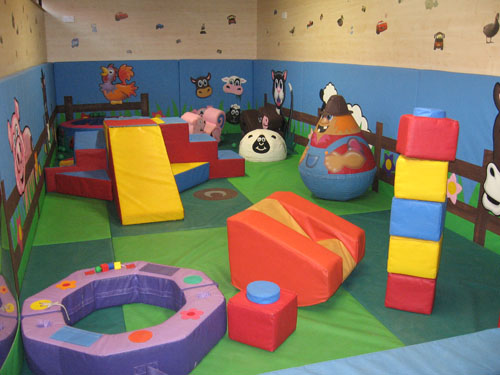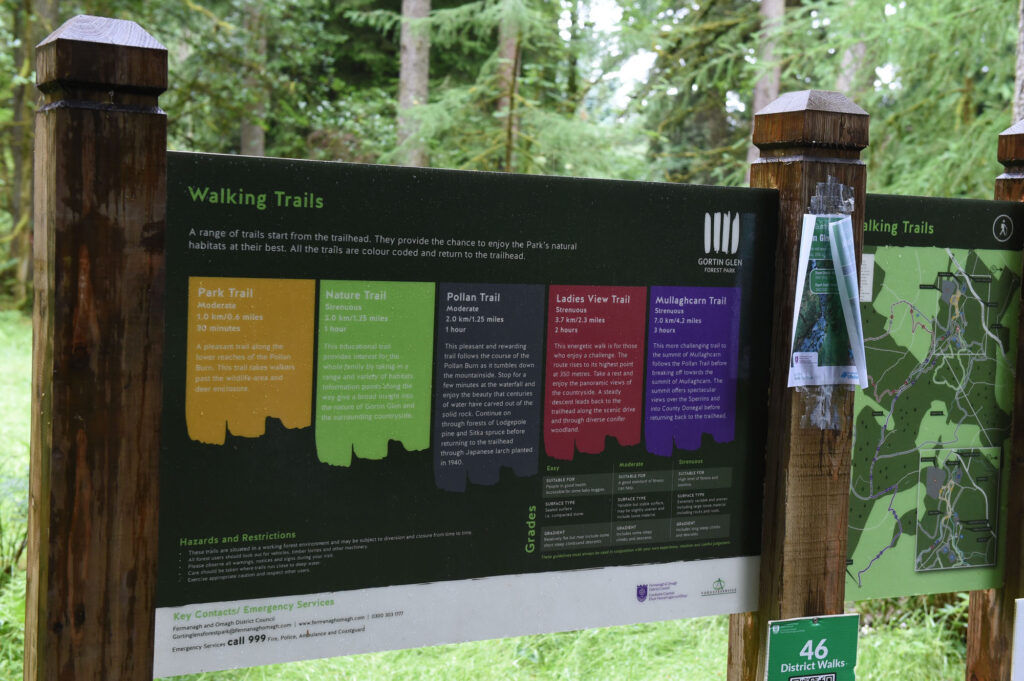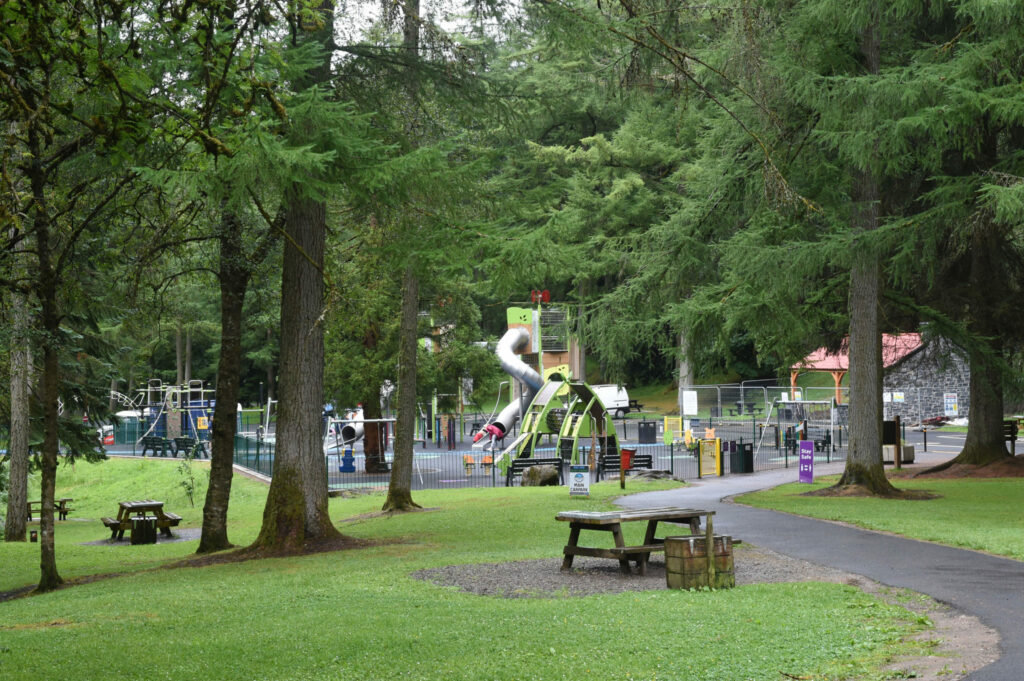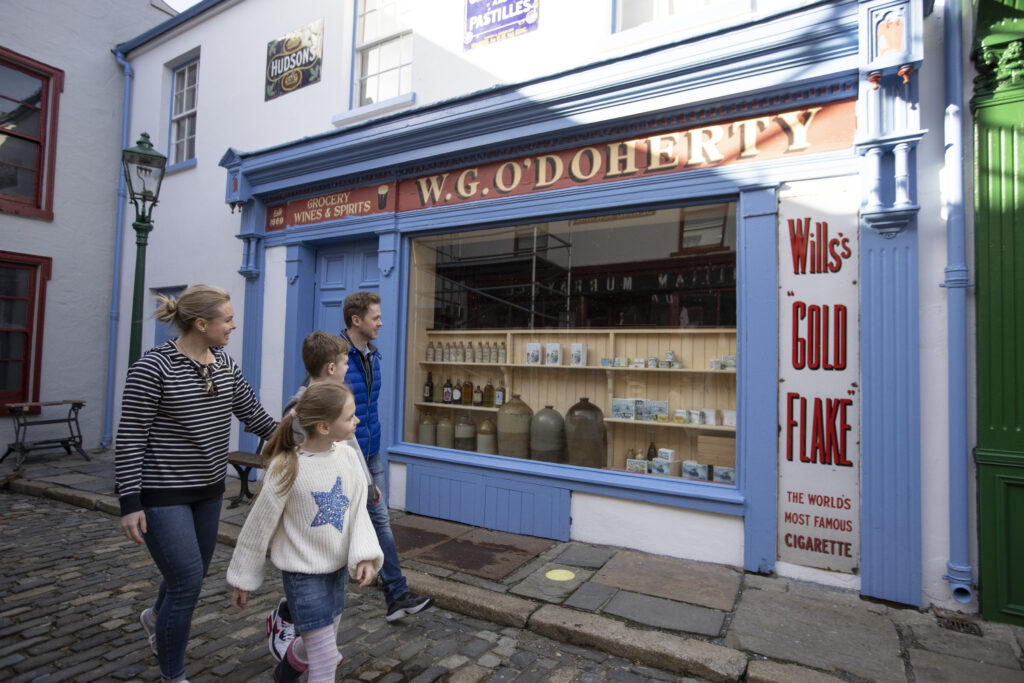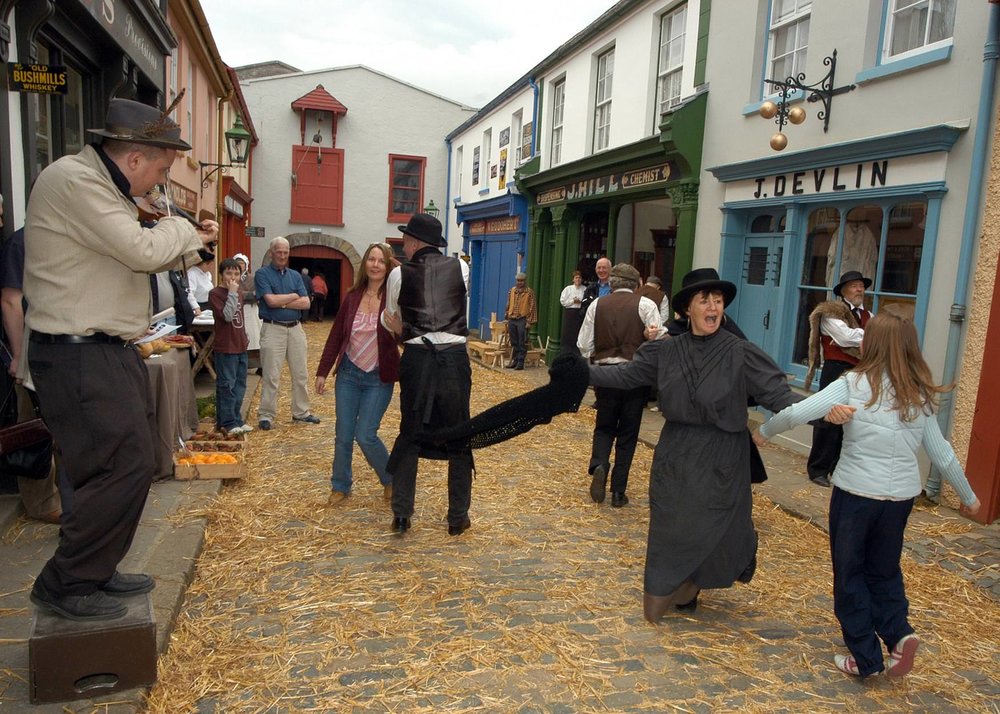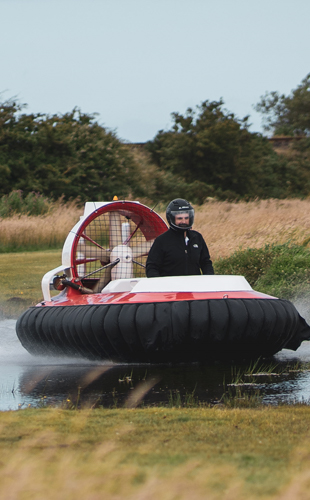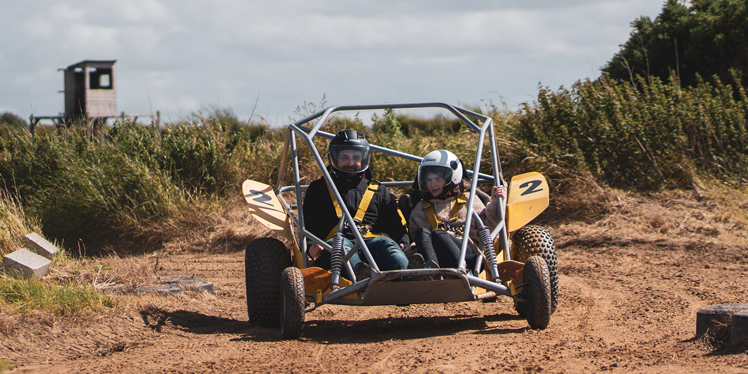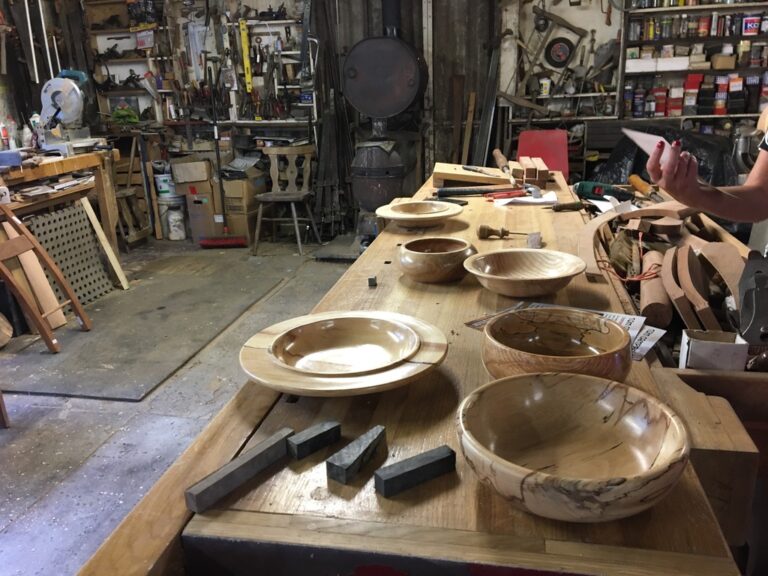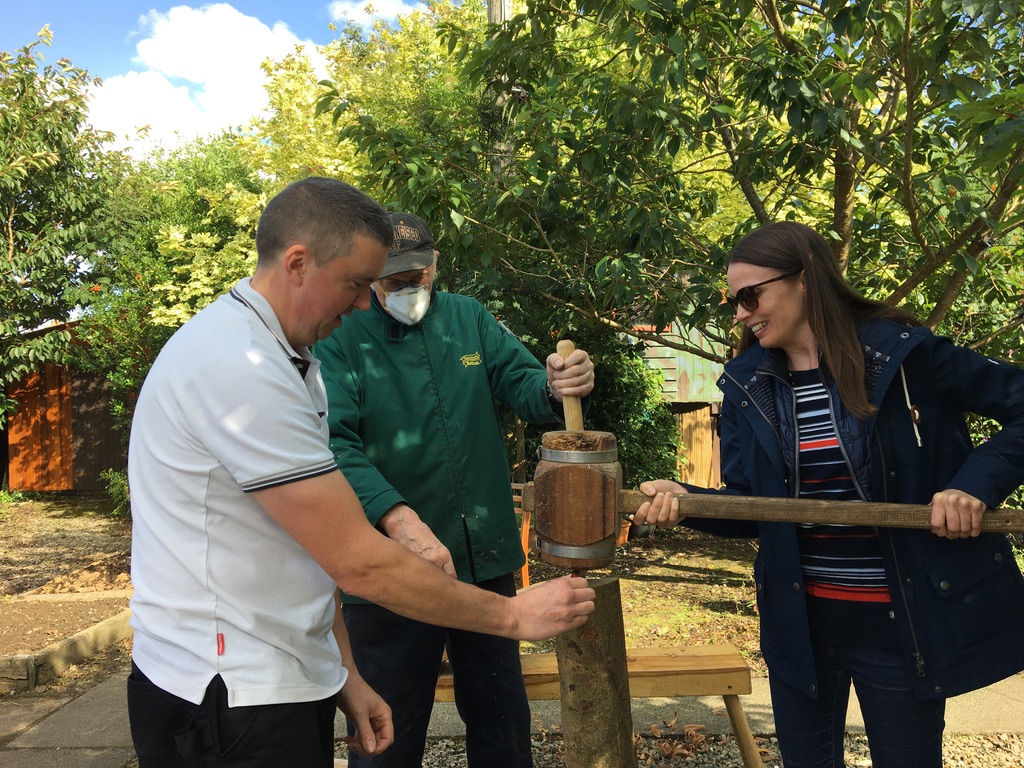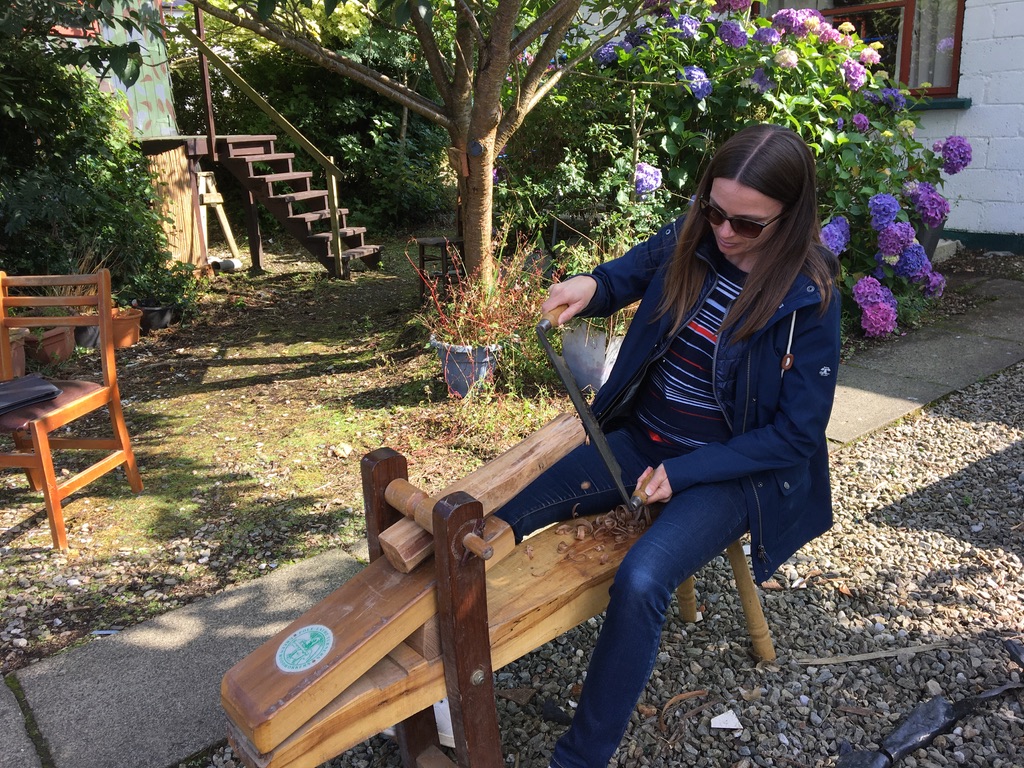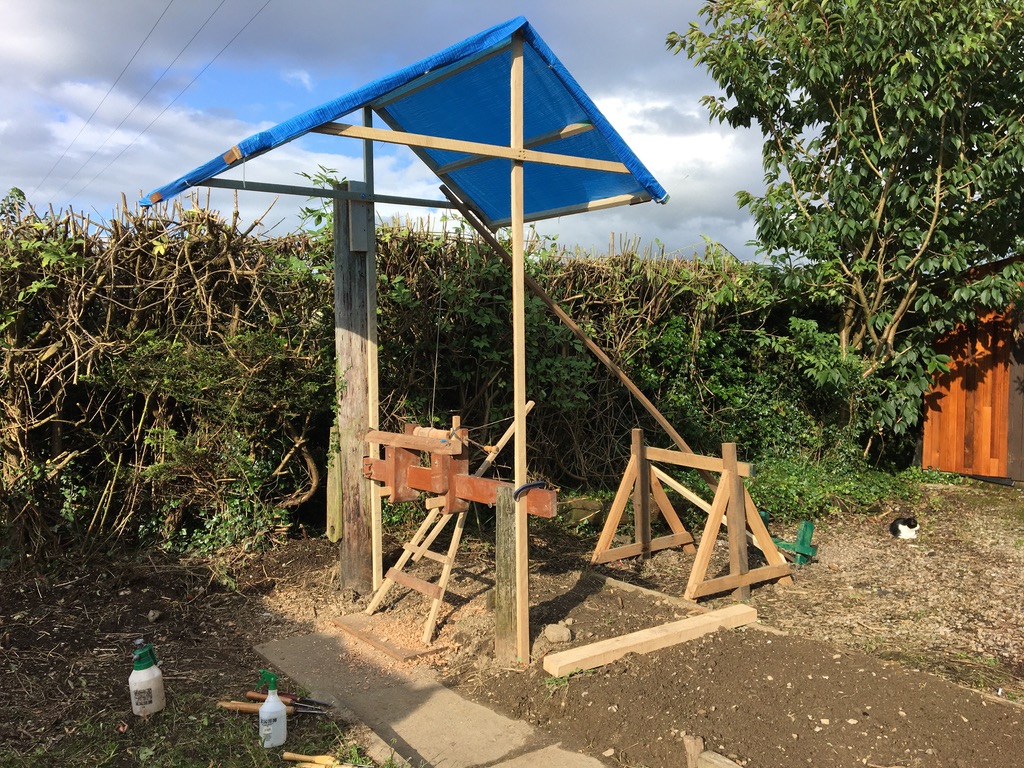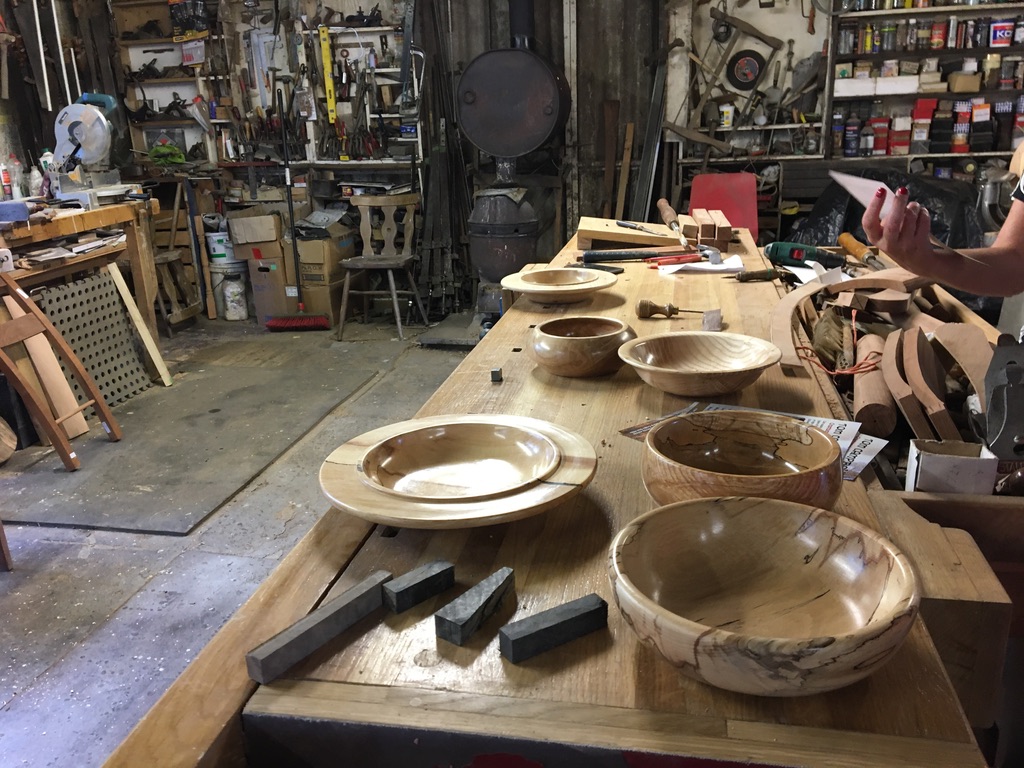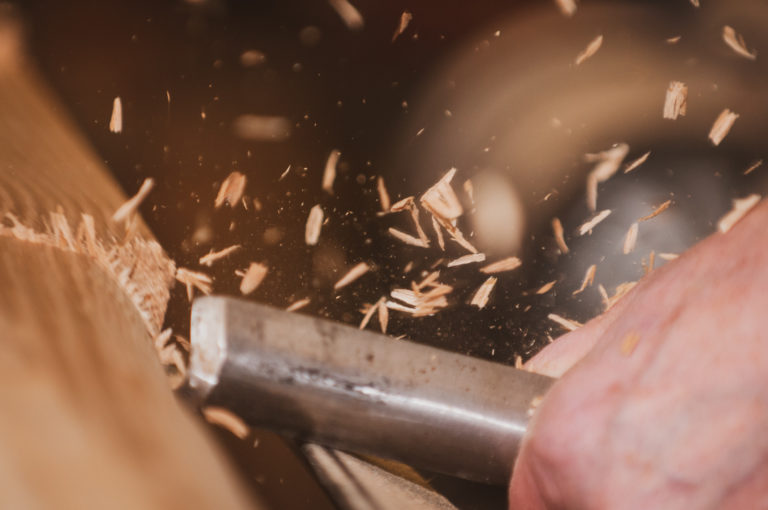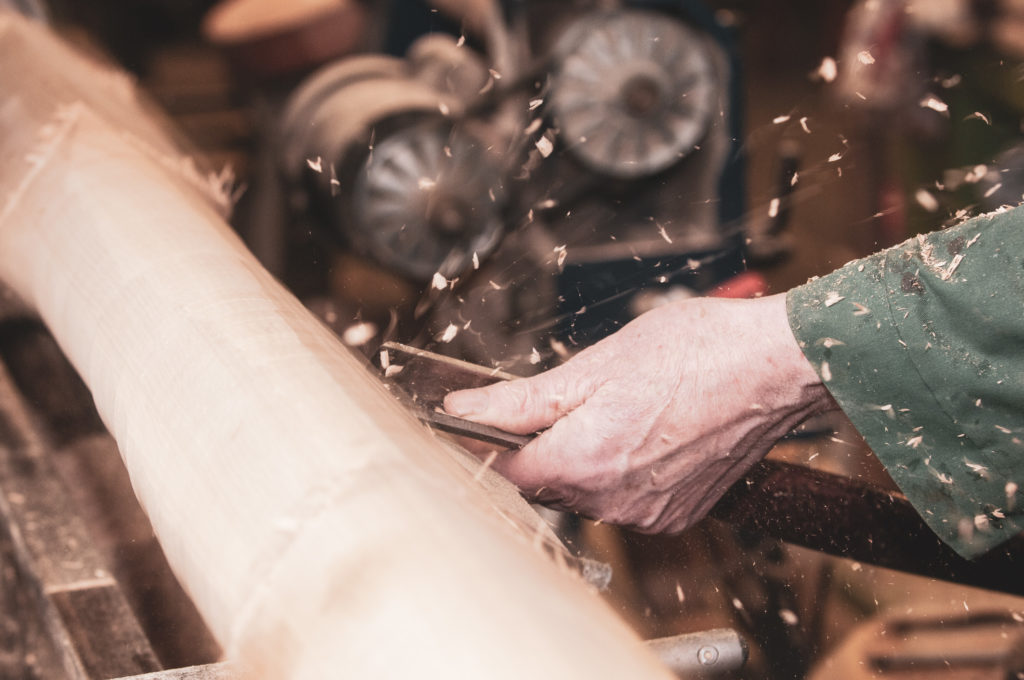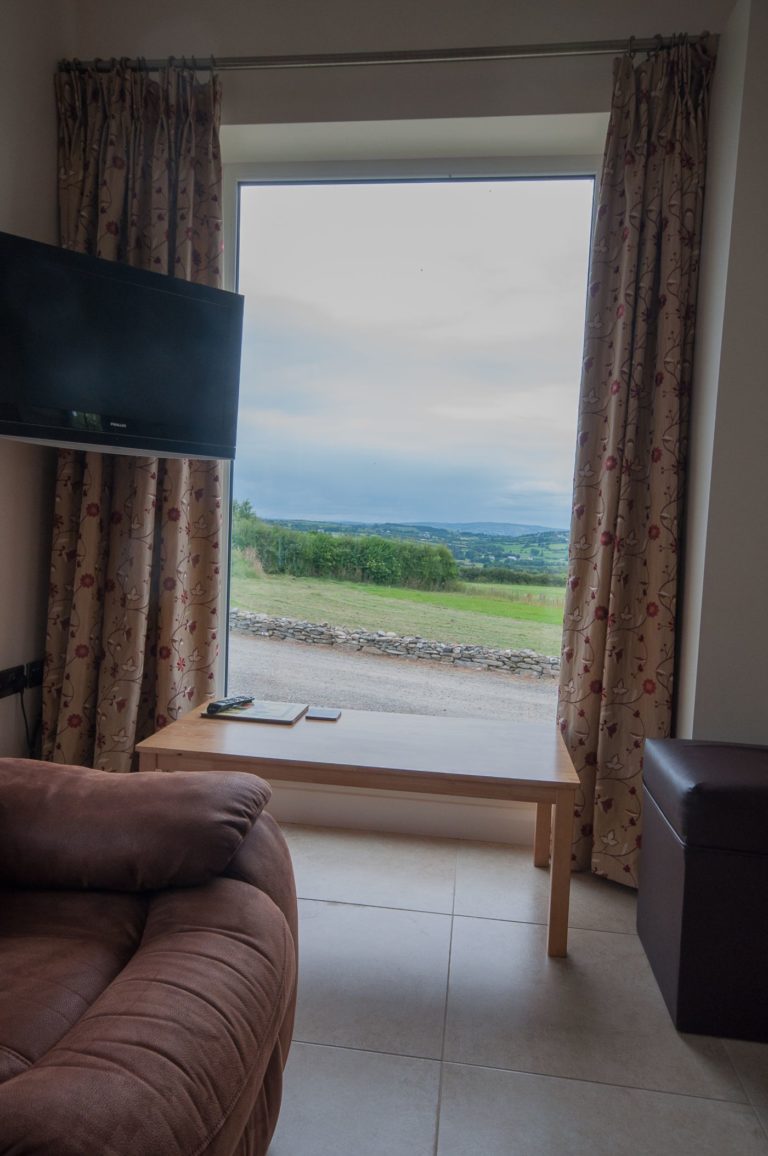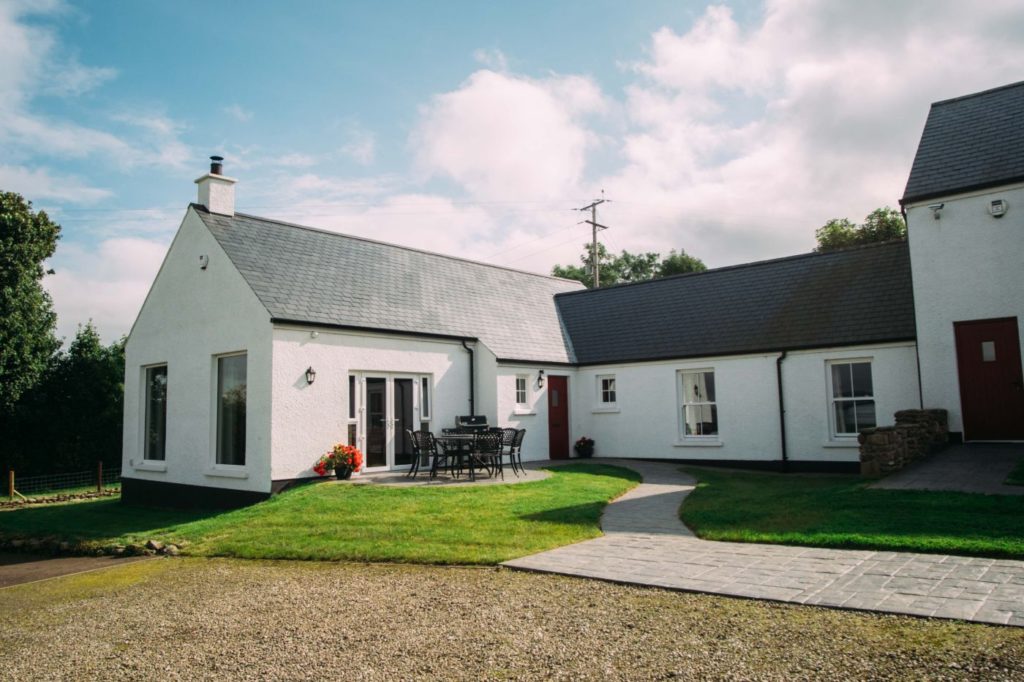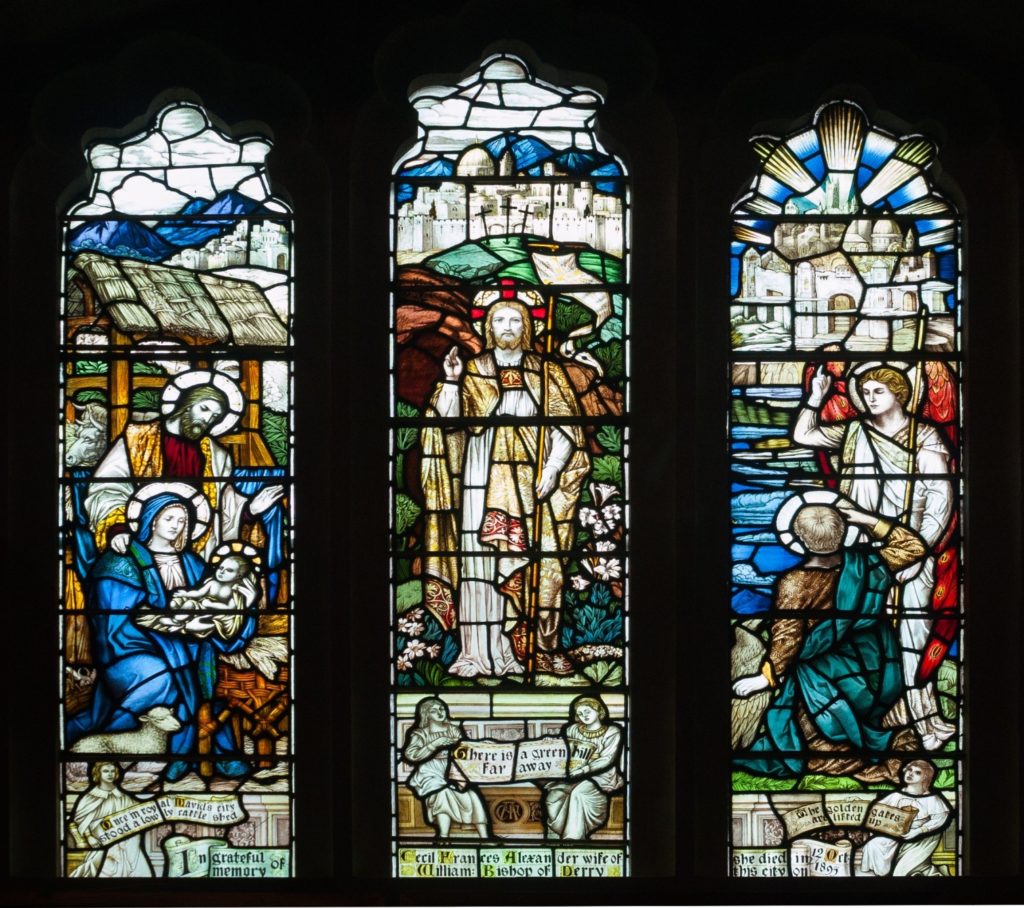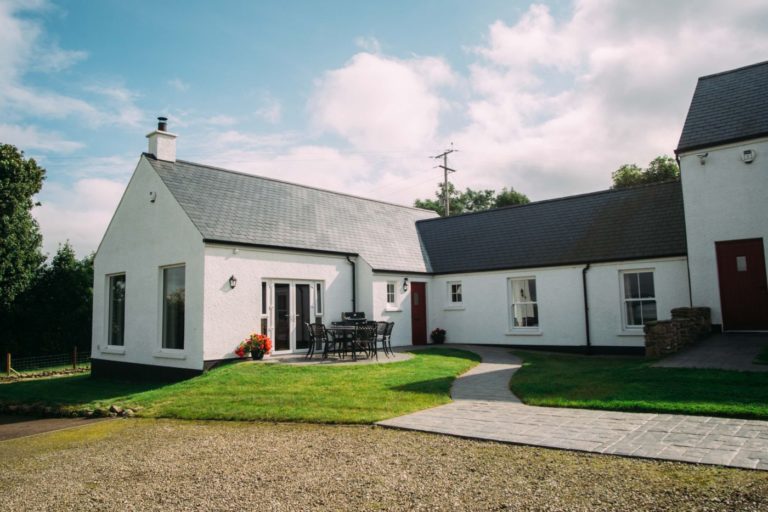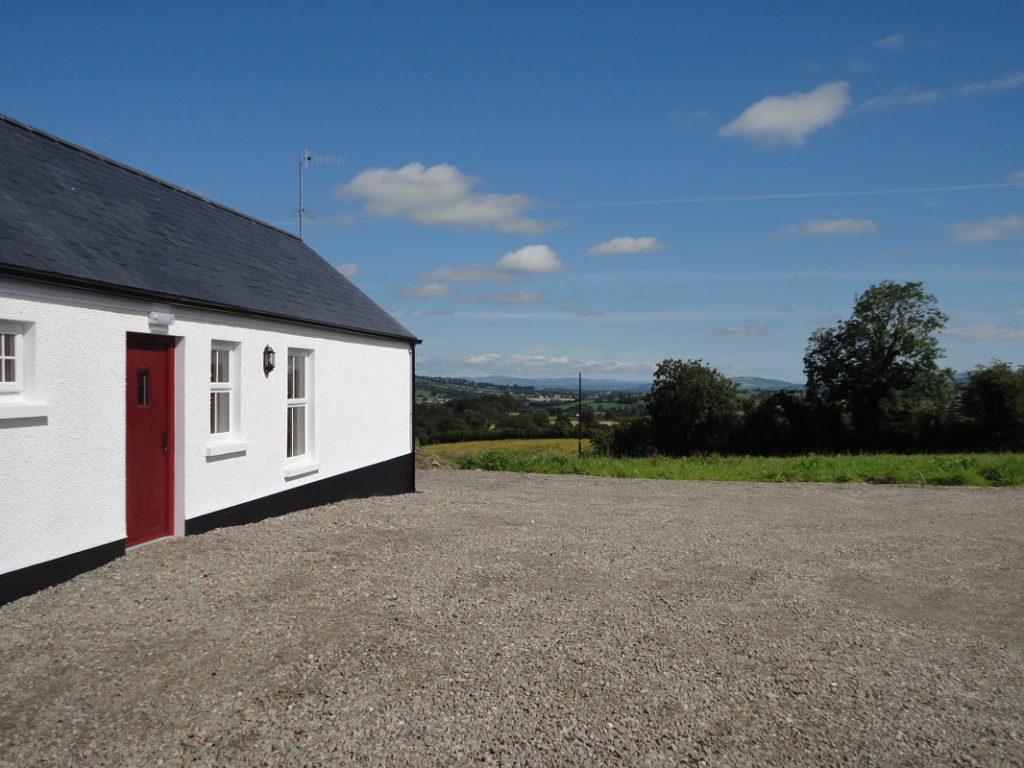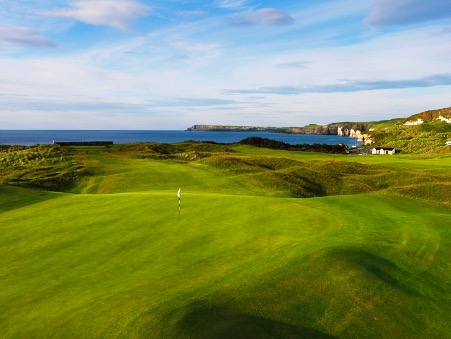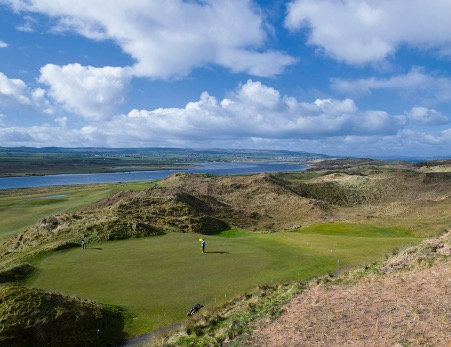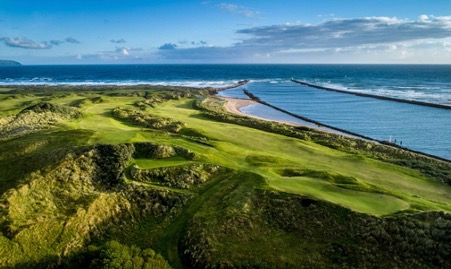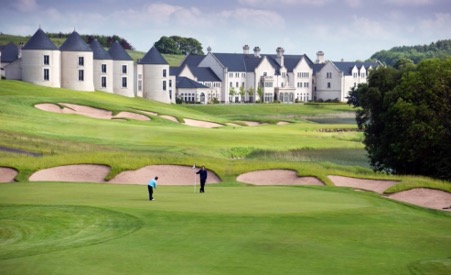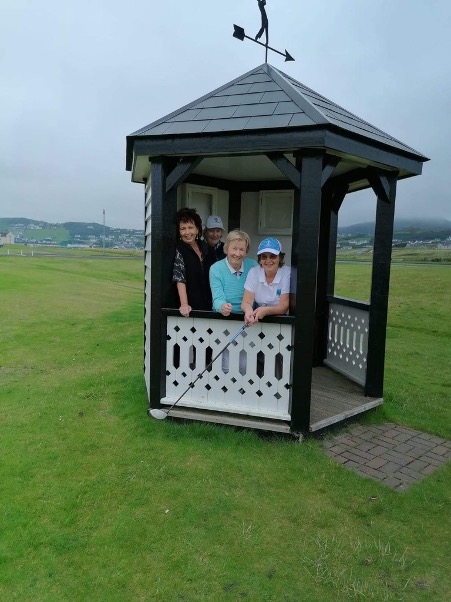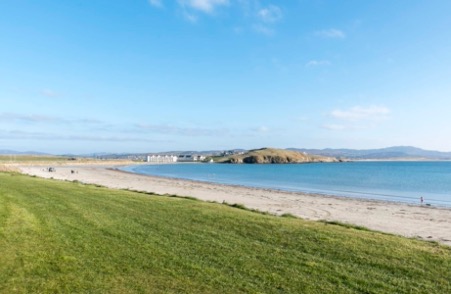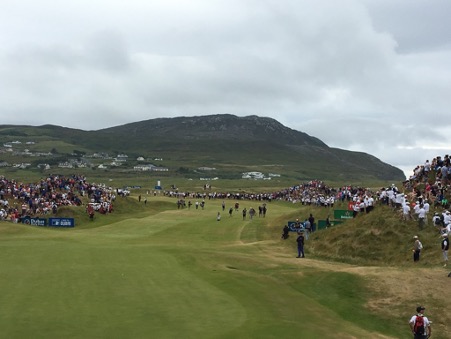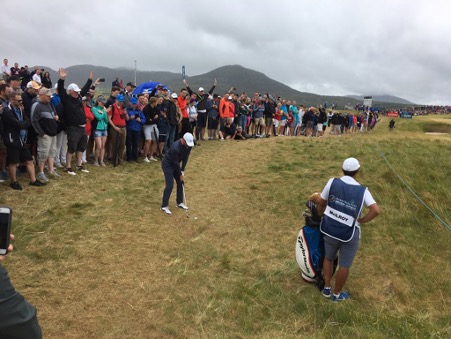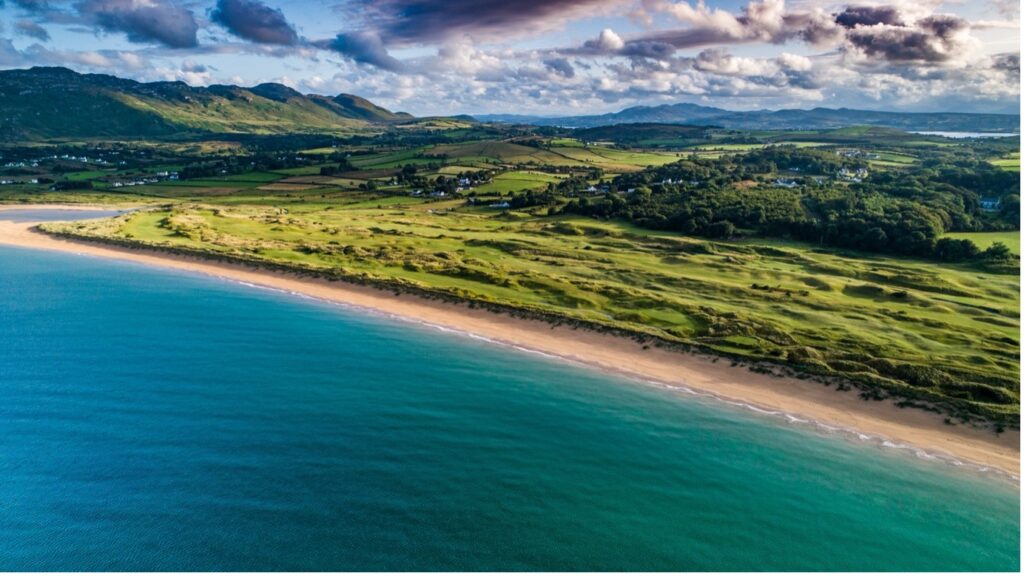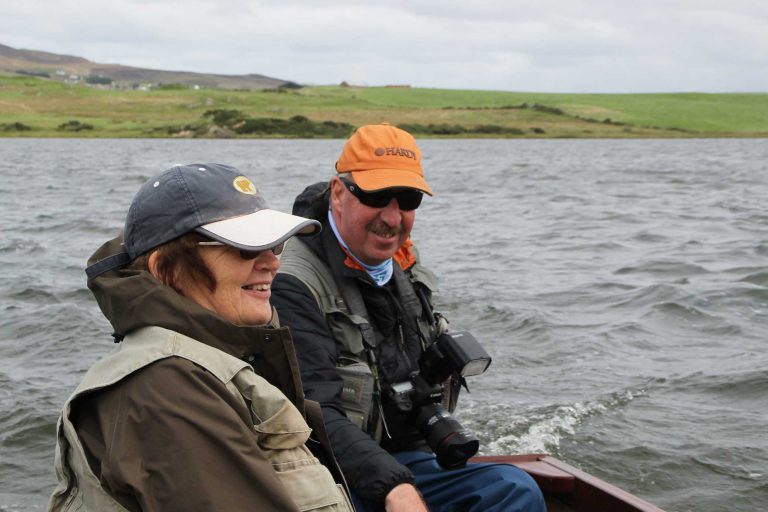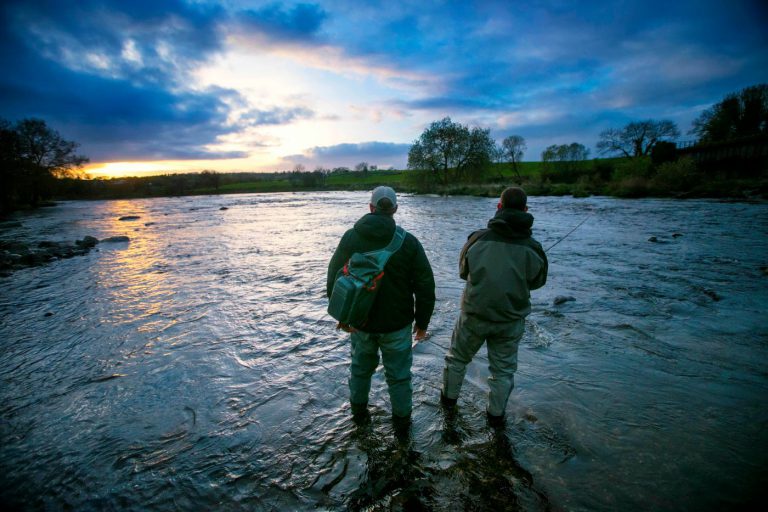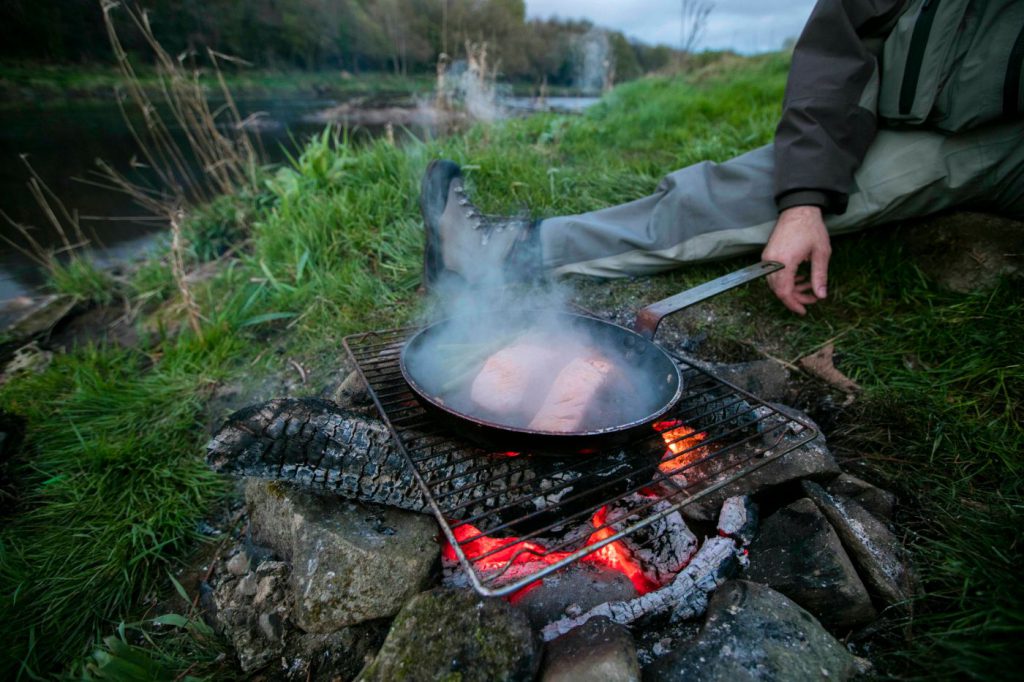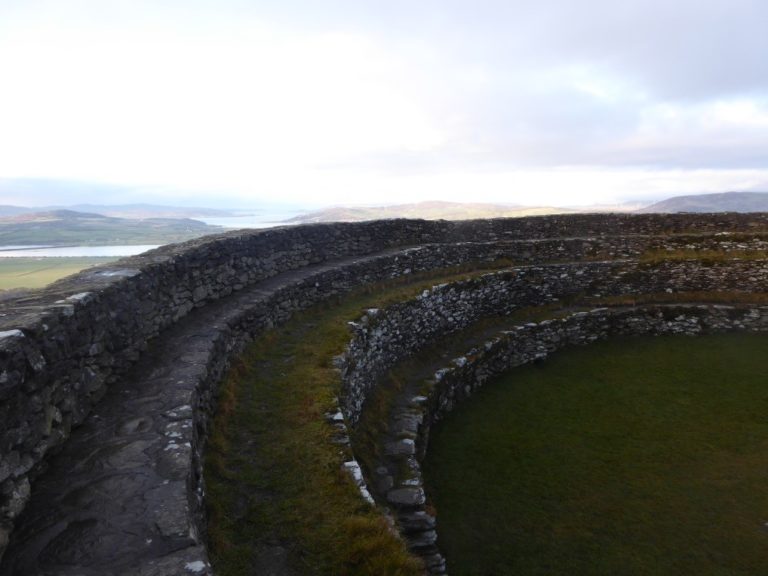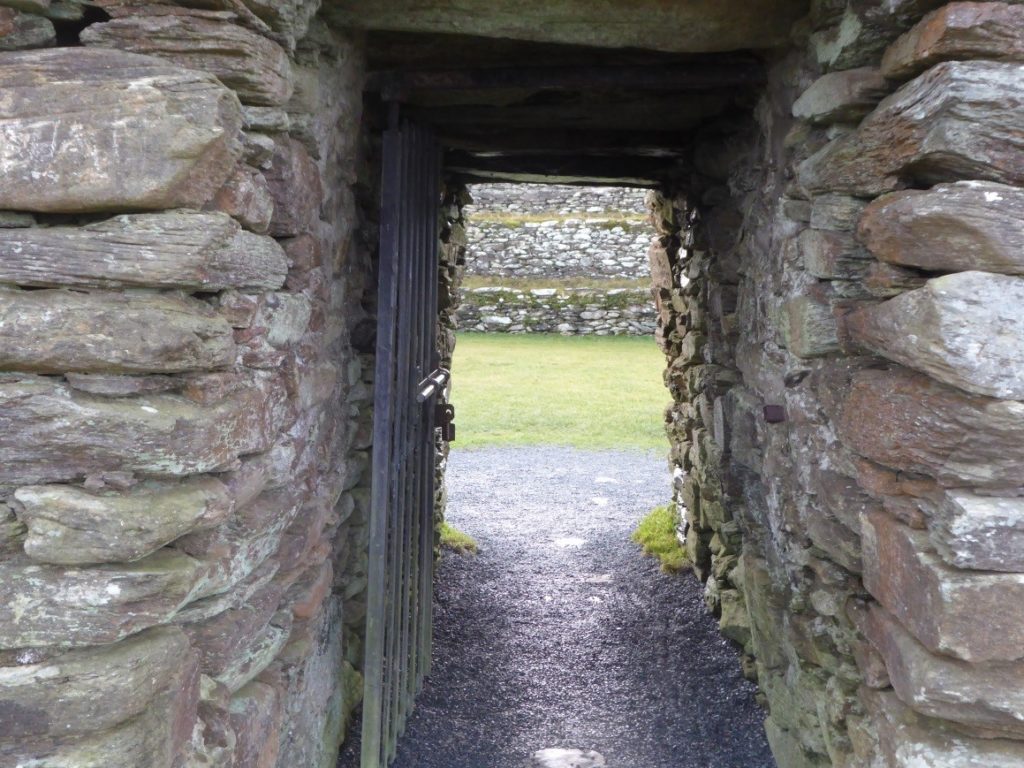Visit Derry City and the County Londonderry from Finn Valley Cottages. Nestled along the banks of the River Foyle, Derry, also known as Londonderry, is a city that beckons travellers with its captivating blend of history, culture, and modern charm. As tourism in Northern Ireland continues to flourish, Derry Londonderry stands out as a must-visit destination.

Derry Londonderry boasts a rich history that unfolds as you wander through its well-preserved city walls, which date back to the 17th century. The iconic Guildhall, a stunning example of neo-Gothic architecture, serves as a gateway to the city’s past. The Tower Museum offers an immersive journey through it’s history, from the Siege of Derry to the Troubles, providing visitors with a deeper understanding of the city’s resilience and triumphs.
Visit Derry City Walls
No visit to Derry Londonderry is complete without a stroll along the city walls. The only completely intact walled city in Ireland, the walls offer panoramic views of the cityscape and the picturesque River Foyle. As you walk in the footsteps of history, you’ll encounter historic cannons, bastions, and gates, each telling a story of a bygone era. The Walls are not only a testament to Derry Londonderry’s heritage but also a fantastic vantage point to appreciate the city’s modern transformation and are standing at an impressive 19-20 feet high. The new Siege Museum and Exhibition is a permanent display of the history of the Siege of Londonderry and of the Associated Clubs of the Apprentice Boys of Derry, including artefacts, video and interactive media.
Londonderry’s Guildhall
Sitting within reach of our famous Walls is one of the City’s most recognisable – and arguably one of the most stunning – landmarks, the Guildhall. It has been in the heart of city life since 1887 and the auburn brick building is the anchor for the buzzing Guildhall Square.
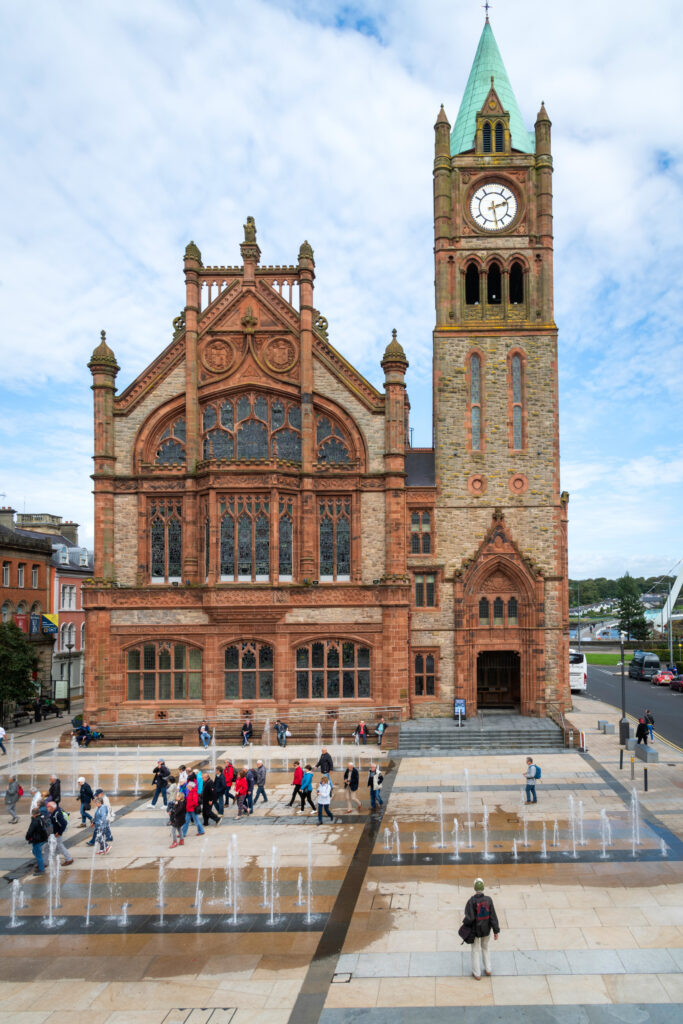
The Guildhall’s most arresting feature is its collection of stunning stained-glass windows. Donated by London Companies, they represent everything from fishmongers to musicians. The Guildhall is home to a special collection of the world-renowned peace accolades awarded to the late John Hume. The collection includes the 1998 Nobel Peace Prize, jointly awarded to John Hume and Sir David Trimble for their role in the Northern Ireland peace process, the Martin Luther King Jnr Non-Violent Prize bestowed in 1999, and the Mahatma Gandhi Peace Prize, awarded in 2001.
Visit Derry’s Peace Bridge
Just a short walk from the Guildhall and the City’s famous 400+ year-old Walls, the Peace Bridge is a visual treat and a vital stop on any Derry Londonderry and Northern Ireland travel itinerary. The now iconic Peace Bridge is one of the more popular places to visit in Derry. It opened in 2011 and has won many awards since. The bridge connects the old army barracks in Ebrington to the city centre and was intended to end a 400-year-old physical and political gap by bringing the largely unionist east side of Derry Londonderry closer to the largely nationalist west. You can take a wander across it and get a good eyeful of both sides of the city’s ‘skyline’ or you can admire it from afar from either side of the river.

Enjoy the culture in Derry City
The Craft Village, nestled within the city walls, is a charming enclave where traditional artisans showcase their skills, offering visitors a chance to purchase unique, handmade treasures. The city has emerged as a vibrant cultural hub, drawing artists, musicians, and creatives from all corners. The Bogside Artists’ murals vividly depict the city’s political and social history, providing powerful visual narratives. Derry Londonderry hosts a myriad of festivals throughout the year, celebrating everything from music and literature to food and film. For more information on what’s on in Derry Londonderry throughout the year view the calendar of events.
The famous Derry Girls
When talking about Derry Londonderry we have to mention the famous Derry Girls, the hit television series created by Lisa McGee, it has taken the world by storm with its unique blend of humour, heart, and historical backdrop. Set in the city of Derry Londonderry, Northern Ireland, during the politically tumultuous 1990s, the show follows a group of teenage friends as they navigate the challenges of adolescence amid the backdrop of The Troubles. With its witty dialogue, lovable characters, and clever storytelling, Derry Girls has become a cultural phenomenon.
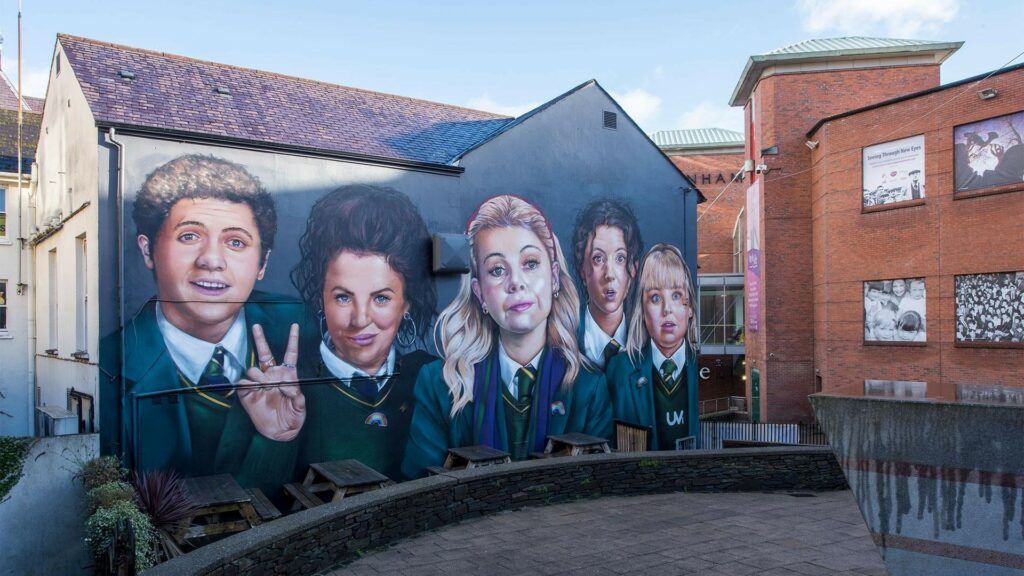
Troubled Past
One of the standout features of Derry Girls is its setting against the backdrop of Northern Ireland’s troubled past. The show seamlessly weaves the political and social climate of the time into the characters’ lives, providing viewers with a unique perspective on the challenges faced by the people of Derry Londonderry. The juxtaposition of typical teenage experiences with the tension of The Troubles creates a compelling narrative that keeps audiences both entertained and emotionally invested.
Local humour and remarkable characters
The heart of Derry Girls lies in its brilliantly crafted characters. From the sarcastic and quick-witted Erin to the eccentric and free-spirited Orla, each character brings something special to the group dynamic. The relationships and interactions between the characters feel authentic and relatable, capturing the essence of teenage friendships. Erin’s cousin, James, adds an interesting dynamic as ‘the wee English fella’ navigating the complexities of Derry Londonderry during a politically charged time.
The show’s humour is a standout element that has resonated with audiences worldwide. The sharp, witty dialogue and hilarious situations such as ‘Uncle Colm’s break in story, ‘the weeping statue’ and ‘cleaning the chippy’ the characters find themselves in providing a light-hearted approach to the challenges they face. Derry Girls masterfully balances humour with moments of sincerity, creating a viewing experience that is both entertaining and emotionally resonant.
Derry Girls stands as a testament to the power of storytelling that combines humour, heart, and historical context. Its unique blend of elements has captured the hearts of viewers worldwide, making it a standout in the world of television. As we eagerly await future seasons, the impact of Derry Girls on popular culture and its ability to shed light on Northern Ireland’s history will undoubtedly leave a lasting legacy. There is an exhibition of Derry Girls in the Tower Museum where costumes, set displays and props are all on show. So it is an interesting way to spend an afternoon if you are a fan of the show.
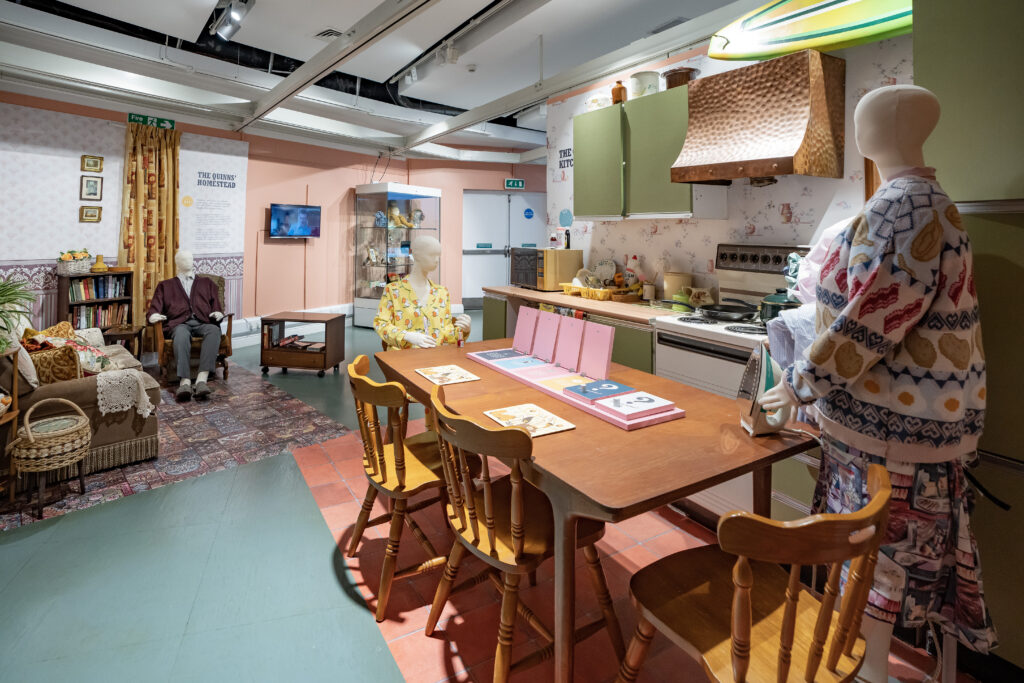
Food and Drink
Visit Derry Londonderry’s culinary scene reflects the city’s diverse influences and commitment to local ingredients. From traditional Irish pubs serving hearty stews to fine dining and award winning establishments offering modern twists on classic dishes, it caters to every palate. Local food tours have tapped into the hit Channel 4 show and developed a fun new Derry Girls Food Tour. Why not take a tour of The Walled City Brewery and sample some of their signature brews which are created on site. To learn more about how local produce and great places to eat visit the Legenderry Food Network.
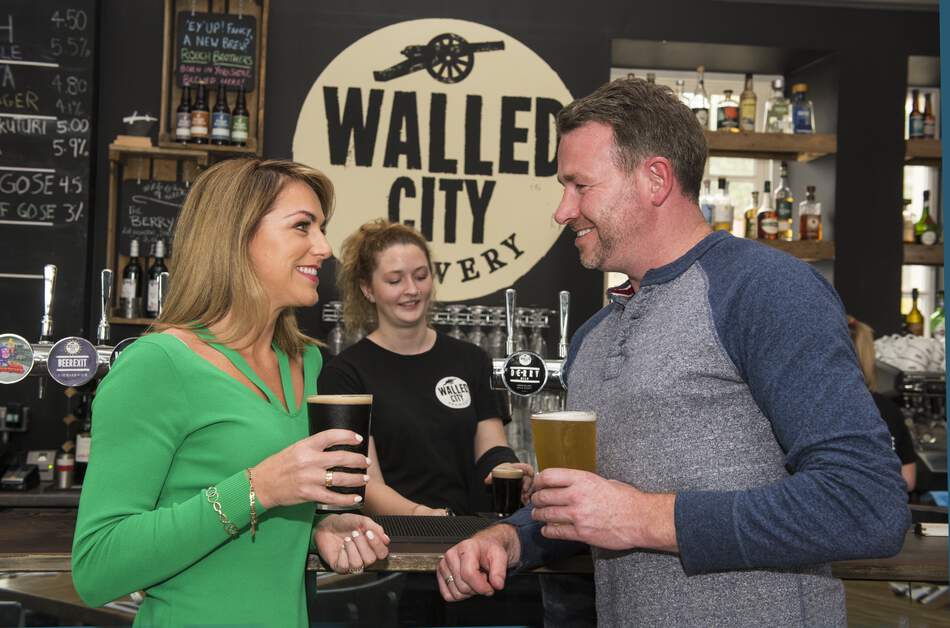
The city’s allure lies in its ability to seamlessly blend the old and the new, the historical and the contemporary. Whether you’re fascinated by centuries-old stories etched in stone or eager to immerse yourself in a thriving cultural scene, the city invites you to embark on a journey that will leave you enchanted and inspired. As tourism in this Northern Irish gem continues to grow, there has never been a better time to explore the rich tapestry of Derry Londonderry.
Derry stands out as an irresistible destination for travellers seeking a unique blend of history, resilience, and vibrant culture. The city’s rich tapestry, woven with tales of bygone eras and contemporary triumphs, invites visitors to explore its storied streets with the same curiosity that made Derry Girls a global sensation. The welcoming spirit of the locals, coupled with the city’s picturesque landscapes and thriving culinary scene, creates an experience that goes beyond the ordinary tourist destination. Londonderry, with its historic landmarks, cultural resilience, and warm-hearted community, promises an unforgettable journey that leaves every traveller with a deeper understanding of Northern Ireland’s past and an enduring connection to the indomitable spirit of this captivating city. Come and discover Derry Londonderry, where history meets hospitality, and every corner tells a tale waiting to be embraced.
Book your stay at Finn Valley Cottages
Visit Derry Londonderry whilst you stay at Finn Valley Cottages which is less than 30 minutes drive door to door to the Peace Bridge. The cottages’ cozy charm and modern amenities ensure a comfortable stay, making it an ideal base for exploring the vibrant Derry Girls exhibition and local landmarks in the City of Derry Londonderry. This combination of rustic tranquillity and urban exploration creates a well-rounded and memorable experience for those seeking the perfect balance between relaxation and cultural immersion in Ireland. Enjoy world class hospitality at Finn Valley Cottages, “Great stay as always at Finn Valley Cottages, myself and a group of friends always choose this wonderful location for our annual fishing weekend . Anne provides the very best service and facilities, from the moment you arrive nothing is ever too much trouble. Every cottage is of the highest quality and everything you need for a great stay. The only negative is having to leave . Already looking forward to next year’s stay.” some recent feedback we have received.
